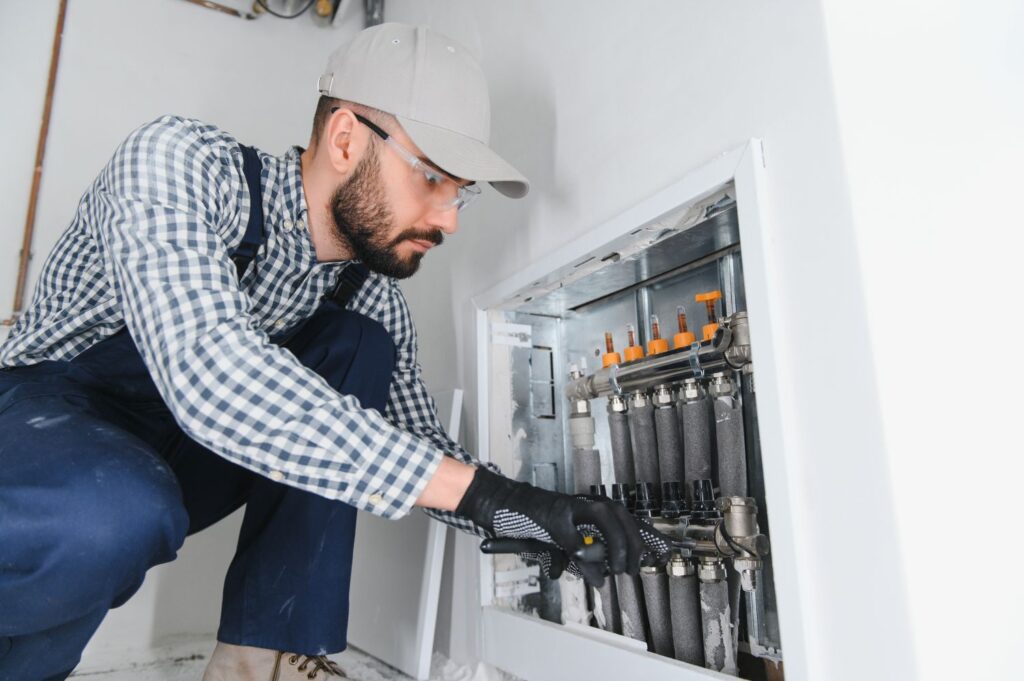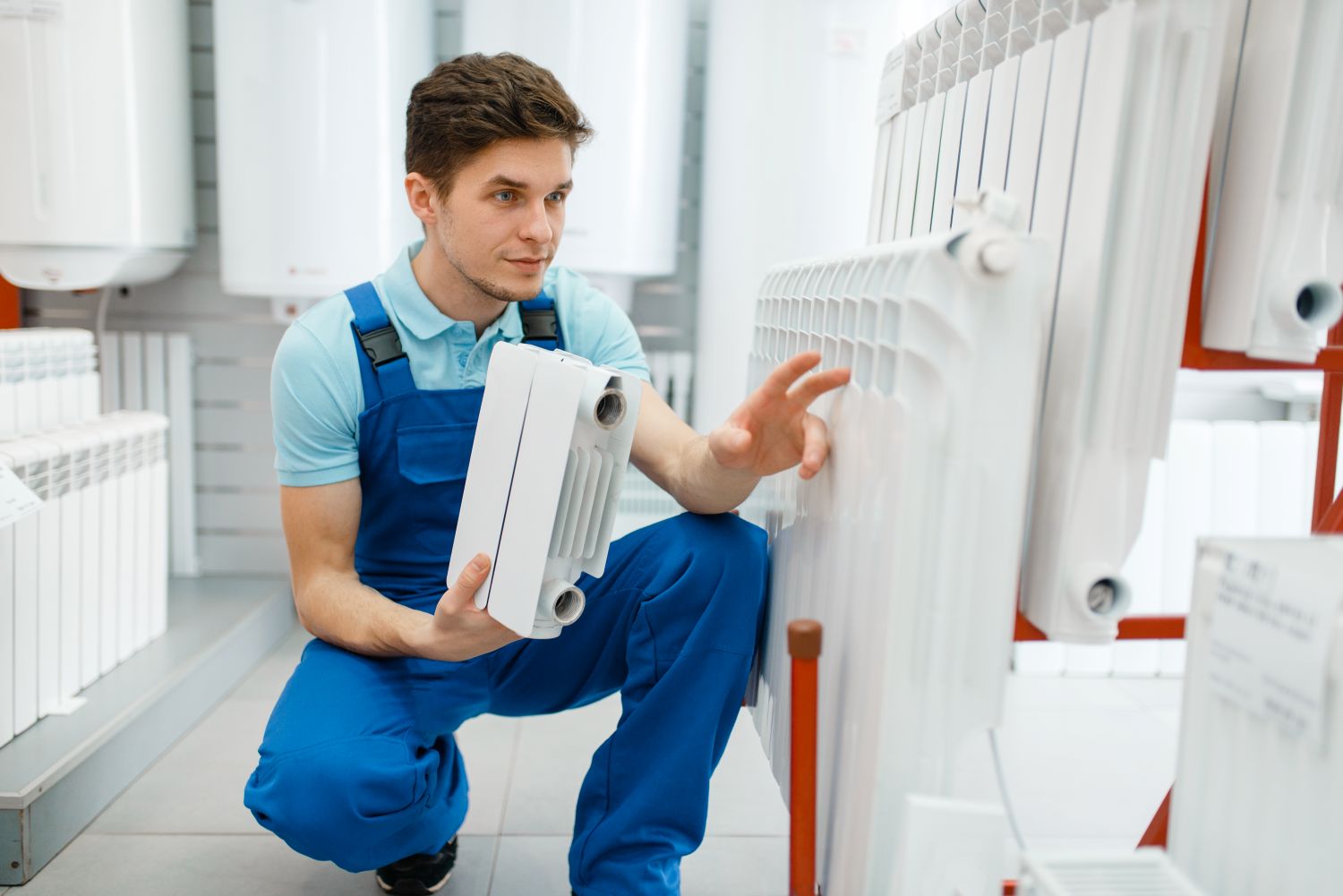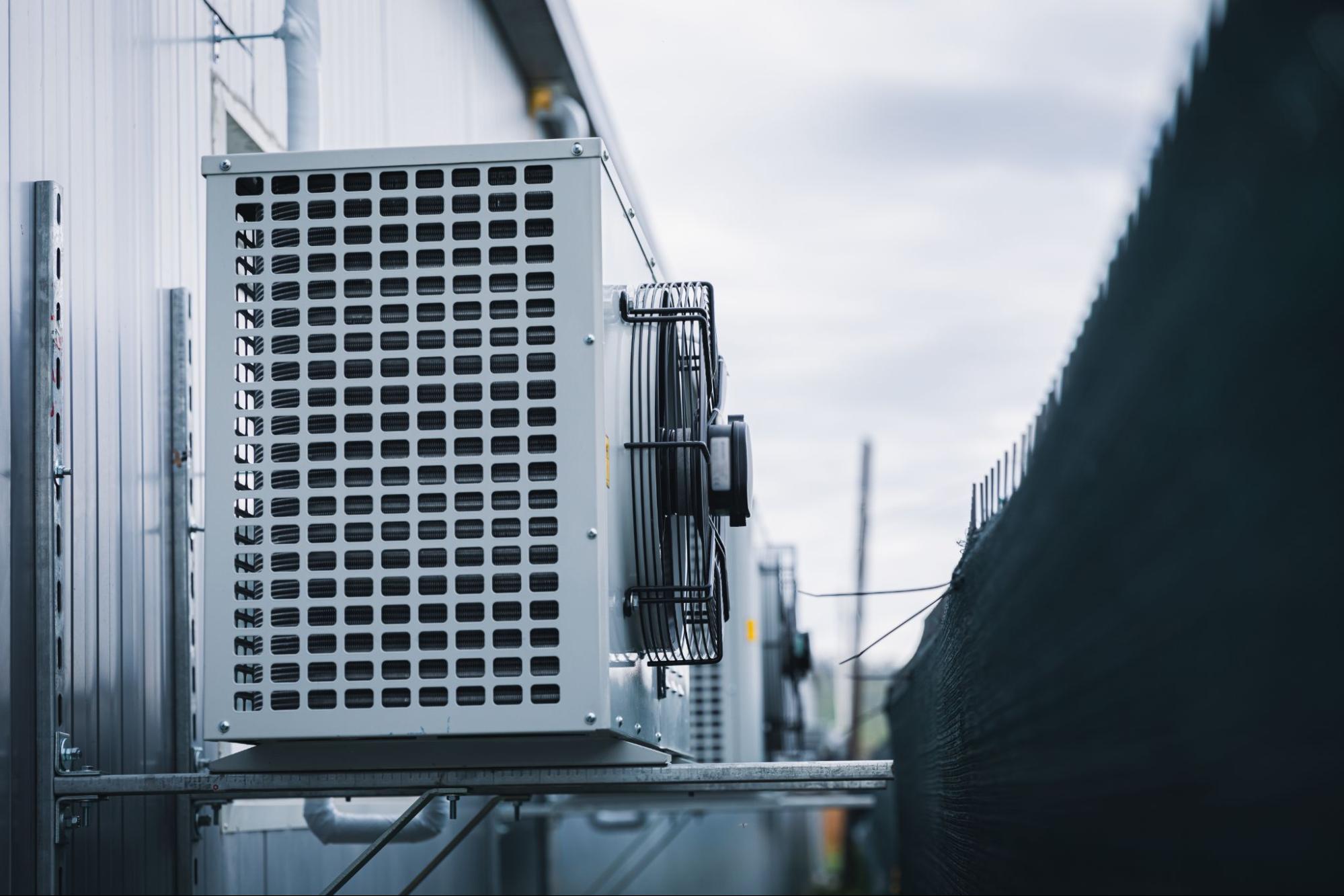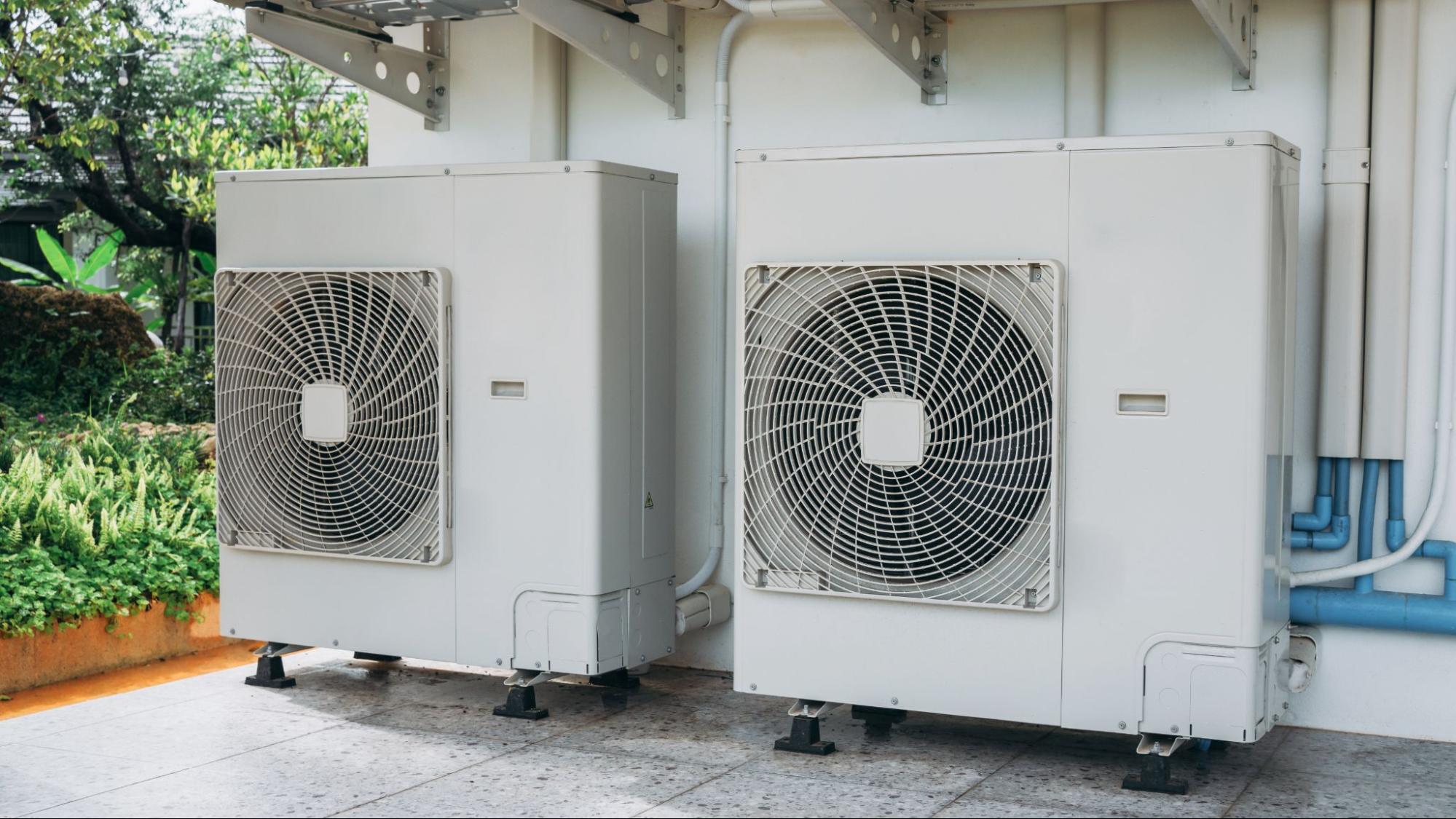If you’ve been exploring options for a furnace upgrade in St. Clair County, chances are you’ve come across the term two-stage furnace. And if you’ve been scratching your head wondering what it actually means—and whether it’s just a fancy term for “more expensive”—you’re not alone.
At S&P Heating, we help local homeowners break through the HVAC jargon and make smart heating decisions that fit their home, lifestyle, and winter comfort goals. And let’s be honest—our winters aren’t messing around. One minute it’s mild, the next you’re scraping snow off your windshield with a spatula. So the question becomes: is a staged heating system worth the investment in our climate?
Let’s break it all down—the function, the benefits, the trade-offs—and help you decide if a two-stage furnace is your new cold-weather best friend.
First Things First: What Is a Two-Stage Furnace?
Think of a two-stage furnace like a car with two gears. Instead of being all-on or all-off (like a single-stage furnace), it has a low and high setting. The furnace can operate at a lower capacity most of the time—typically around 60-70%—and only kick into high gear when it’s truly needed.
That means more control, more consistency, and less wasted energy.
Key terms to know:
- Variable speed furnace: A common pairing with two-stage systems. Refers to the blower motor adjusting speed based on need.
- Multi-speed blower motor: The fan that distributes air doesn’t blast full force all the time—it adapts.
- Gas furnace staging: The burner adjusts its intensity to deliver just the right amount of heat.
Sounds pretty smart, right? Let’s dig deeper.
How a Two-Stage Furnace Works in Real Life
Imagine this: It’s a typical chilly St. Clair County morning, but it’s not quite sub-zero yet. A single-stage furnace would go full blast, heat your house quickly, then shut off. Rinse and repeat.
A two-stage furnace, on the other hand, would kick in on its low setting, run longer and slower, and keep your home consistently warm without the rollercoaster of hot-cold-hot.
The result?
- Less fuel used
- More even temperature
- Fewer on/off cycles (which means less wear and tear)
- Quiet furnace operation—no more whooshing on startup
This is especially handy in our area, where temperatures can fluctuate wildly. You don’t always need a full blast of heat, but you do want steady comfort.
Efficiency: Where the Energy (and Money) Savings Come In
Now let’s talk dollars and energy. One of the main perks of upgrading to a two-stage furnace is improved efficiency—aka, lower utility bills.
Here’s why:
- The furnace runs at low capacity most of the time, which consumes less fuel
- Fewer start/stop cycles mean furnace run-time efficiency is higher
- Longer cycles improve air circulation and humidity balance
- Many models meet ENERGY STAR® standards and qualify as energy-efficient furnaces
Comfort: Say Goodbye to Drafts and Hot/Cold Spots
Let’s be real—efficiency is great, but we’re in it for the comfort too. And this is where the two-stage furnace reallyshines.
Because it runs longer at lower speeds, it:
- Maintains a consistent home temperature
- Helps eliminate those weird cold corners or overheated upstairs bedrooms
- Supports heating cycle optimization—air circulates smoothly, not in bursts
- Can work beautifully with zoning systems to dial in different areas of your home
If you’ve ever had a furnace that makes one room a sauna while another feels like the North Pole, you’ll appreciate the difference immediately.
Is It the Right Furnace for Your St. Clair County Home?
Let’s look at where a two-stage furnace makes the most sense.
Ideal candidates:
- Homes with two or more levels
- Families that spend a lot of time at home during the day
- Homeowners looking for quiet furnace operation
- Those upgrading from 15+ year-old single-stage units
- Anyone investing in a full HVAC system upgrade and wants better efficiency
It’s also a smart choice for homes with open floor plans or large square footage where temperature variation is more noticeable.
Pros and Cons of a Two-Stage Furnace
Let’s sum it all up with a quick-hit list.
✅ Pros:
- More energy-efficient heating and cooling
- Quieter operation
- Better temperature consistency
- Longer lifespan with proper maintenance
- Improved air quality from better circulation
⚠️ Cons:
- Higher initial cost
- Slightly more complex controls
- May not be necessary for small homes or mild climates
In St. Clair County—where winters are no joke and comfort matters—it’s a solid investment for many homeowners.
📞 Ready to Explore Two-Stage Furnace Options?

Still wondering whether a two-stage furnace is the right move for your home? At S&P Heating, we’ve helped families across St. Clair County find the perfect furnace for their space, budget, and lifestyle. We’ll walk you through efficiency ratings, system compatibility, and how much you can realistically save.
Our team installs high-quality, energy-efficient furnaces, performs clean and code-compliant work, and always puts comfort first.
Call us today to schedule a free quote, and let’s get your home winter-ready the smarter, greener, and quieter way.
❓ FAQ: Furnace Questions You Might Not Think to Ask
Can a two-stage furnace work with an existing ductwork?
In most cases, yes! However, older or poorly designed duct systems might not take full advantage of the airflow benefits that a two-stage furnace offers. A contractor can assess your ducts and recommend any minor modifications—like adding returns or sealing leaks—to get the most out of your new system.
Do two-stage furnaces require more maintenance than single-stage systems?
Nope! Maintenance needs are pretty similar. You’ll still want annual inspections, filter replacements, and basic cleanings. What’s different is that two-stage systems often experience less wear and tear due to smoother operation, which can result in fewer breakdowns over the system’s lifetime.
Will a two-stage furnace improve indoor air quality?
Indirectly, yes. Because the system runs longer at lower speeds, it keeps air circulating more consistently. That means your filters and humidifiers (if installed) get more chances to work effectively, reducing allergens, dust, and dry air buildup throughout the home.
🔗 What’s Next? Let’s Talk Filters!
🧼 Check Out Our Next Article: “New Baltimore Home Heating Guide: Types of Furnaces for Residential Use Explained“
Think all furnace filters are the same? Think again. Our next post dives into MERV ratings, filter types, and the myths that might be costing you comfort or air quality. Don’t miss it!



